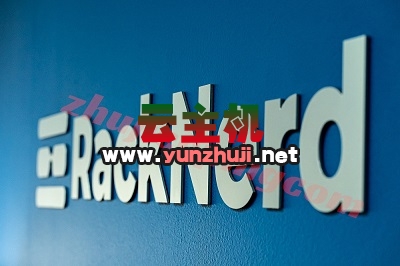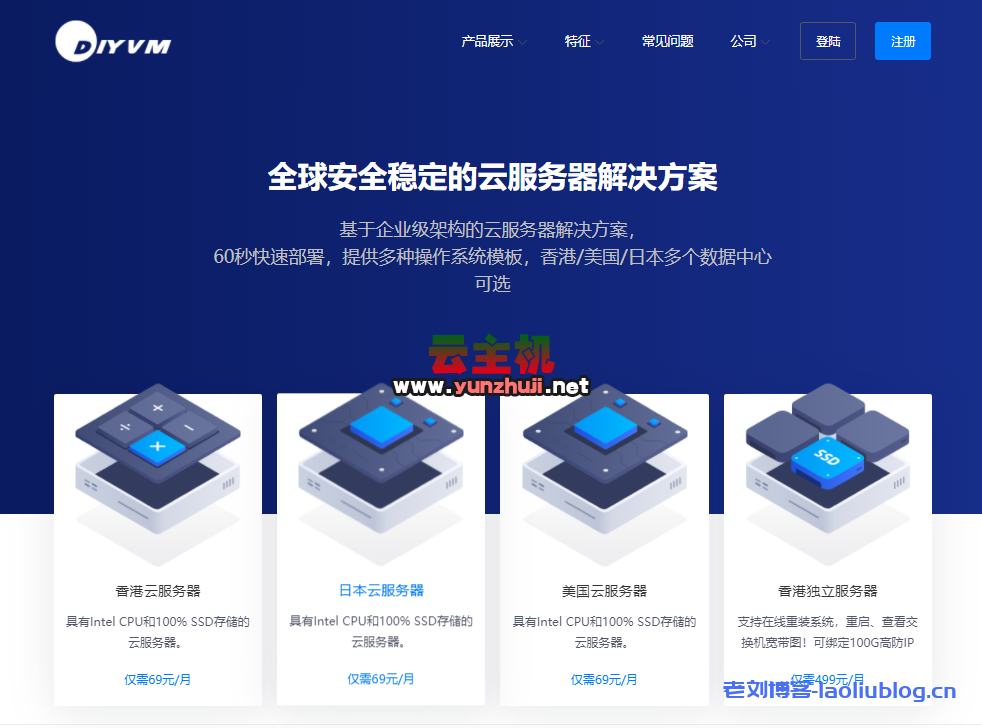在Android开发中,给图片添加阴影效果是一个常见的需求,通过合理的阴影效果,可以提升界面的美观度和用户体验,下面将详细介绍两种实现方法:自定义Drawable和使用自定义View。
自定义Drawable
定义layer-list文件
我们需要创建一个layer-list文件来定义阴影和背景图片,在这个文件中,我们使用两个item元素,分别表示阴影和背景图片,以下是show_view.xml的代码示例:
<?xml version="1.0" encoding="utf-8"?>
<layer-list xmlns:android="http://schemas.android.com/apk/res/android">
<!-阴影图片,android:left表示阴影图片左边到背景图片左边的距离,android:top表示阴影图片上边到背景图片上边的距离 -->
<item android:left="5dp" android:top="5dp">
<shape>
<corners android:radius="25dp"/>
<solid android:color="#60000000"/>
</shape>
</item>
<!-背景图片,android:right表示阴影图片右边到背景图片右边的距离,android:bottom表示阴影图片下边到背景图片下边的距离 -->
<item android:bottom="5dp" android:right="5dp">
<shape>
<corners android:radius="25dp"/>
<solid android:color="#000000"/>
</shape>
</item>
</layer-list> 在布局文件中使用
我们在main.xml中定义一个TextView作为待显示控件,并将show_view.xml设为这个TextView的背景,以下是main.xml的代码示例:
<?xml version="1.0" encoding="utf-8"?>
<RelativeLayout xmlns:android="http://schemas.android.com/apk/res/android"
xmlns:tools="http://schemas.android.com/tools"
android:layout_width="match_parent"
android:layout_height="match_parent"
tools:context="com.example.liusiyutaloner.frescotest.MainActivity">
<TextView
android:layout_width="100dp"
android:layout_height="100dp"
android:background="@drawable/show_view"/>
</RelativeLayout> 运行效果
运行程序后,我们可以看到添加了阴影效果的TextView,这种阴影效果是实边的,没有虚化效果,可能会影响用户体验。
自定义View
为了实现更真实的阴影效果,我们可以自定义一个View,通过setShadowLayer绘制图片阴影,以下是CustomShadowView类的代码示例:
package com.example.liusiyutaloner.frescotest;
import android.content.Context;
import android.graphics.Canvas;
import android.graphics.Color;
import android.graphics.Paint;
import android.graphics.RectF;
import android.util.AttributeSet;
import android.view.View;
public class CustomShadowView extends View {
private Paint mPaint;
public CustomShadowView(Context context, AttributeSet attrs) {
super(context, attrs);
mPaint = new Paint();
mPaint.setColor(Color.BLACK);
this.setLayerType(View.LAYER_TYPE_SOFTWARE, null); // 关闭硬件加速
}
@Override
protected void onDraw(Canvas canvas) {
super.onDraw(canvas);
// 绘制阴影,param1:模糊半径;param2:x轴大小;param3:y轴大小;param4:阴影颜色
mPaint.setShadowLayer(10F, 15F, 15F, Color.GRAY);
RectF rect = new RectF(0, 0, 200, 200);
canvas.drawRoundRect(rect, (float)75, (float)75, mPaint);
}
} 在布局文件中使用
将CustomShadowView类加到main.xml中,代码如下:
<?xml version="1.0" encoding="utf-8"?>
<RelativeLayout xmlns:android="http://schemas.android.com/apk/res/android"
xmlns:tools="http://schemas.android.com/tools"
android:layout_width="match_parent"
android:layout_height="match_parent"
tools:context="com.example.liusiyutaloner.frescotest.MainActivity">
<com.example.liusiyutaloner.frescotest.CustomShadowView
android:layout_gravity="center"
android:layout_width="125dp"
android:layout_height="125dp" />
</RelativeLayout> 运行效果
运行程序后,我们可以看到CustomShadowView绘制出的阴影具有虚化效果,多了立体感和层次感,因此更推荐使用这种方法。
通过自定义Drawable和自定义View这两种方法,都可以实现Android中图片添加阴影的效果,自定义Drawable的方法简单直接,但阴影效果不够真实;而自定义View的方法虽然稍复杂,但可以实现更逼真的阴影效果,开发者可以根据具体需求选择合适的方法来实现阴影效果。
以上就是关于“Android实现图片添加阴影效果的2种方法”的问题,朋友们可以点击主页了解更多内容,希望可以够帮助大家!

 云主机测评网
云主机测评网














最新评论
本站CDN与莫名CDN同款、亚太CDN、速度还不错,值得推荐。
感谢推荐我们公司产品、有什么活动会第一时间公布!
我在用这类站群服务器、还可以. 用很多年了。